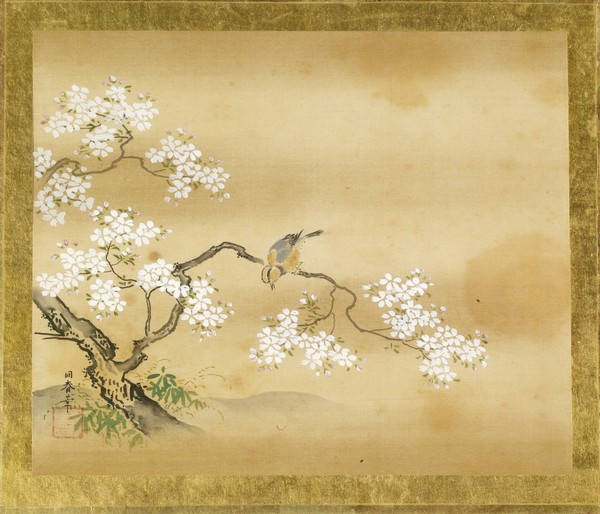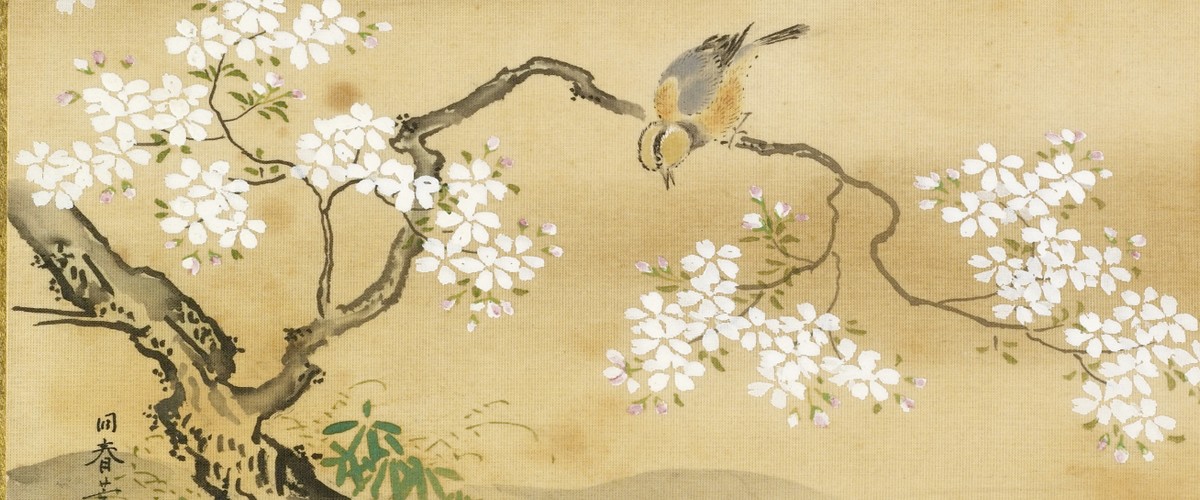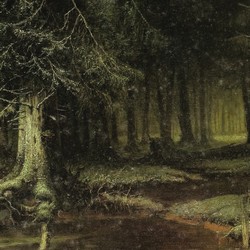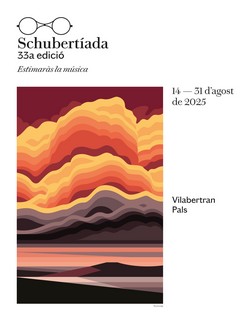
"Carpe diem, quam minimum credula postero." (Loosely translated, "Seize the day, put no trust in tomorrow". This sentence, especially the first words, carpe diem, arrived to our days probably meaning something different from its original meaning. We use it as a hedonistic motto, "enjoy now the pleasures of life, and don't think about the consequences", while it originally talked about not disregarding what the present offers in pursuit of an uncertain future.
I started talking about this Horace's quotation because I read different texts that identify the subject of this week's poem with carpe diem, but, to me, it has a different meaning.
Loveliest of trees, the cherry now
Is hung with bloom along the bough,
And stands about the woodland ride
Wearing white for Eastertide.
Now, of my threescore years and ten,
Twenty will not come again,
And take from seventy springs a score,
It only leaves me fifty more.
And since to look at things in bloom
Fifty springs are little room,
About the woodlands I will go
To see the cherry hung with snow.
I shared Loveliest of Trees, the second poem in A Shropshire Lad, the collection by A. E. Housman, a long time ago, on 10 May 2012; back then, we listen to the beautiful, unknown song by the American composer John Duke; I thought that I would share George Butterworth's version later, and, as you can see, it took me nine years. I had been posting on this blog for just three months; that old posts were written only in Catalan and were really brief (or perhaps they are too long now, who knows); I spoke about one intriguing aspect (to me) of the poem, why the young man thinks he will live seventy years (and I learned it's a biblical reference), but I didn't mention the reference to Eastertide in the first stanza.
Eastertide is the period of fifty days from Easter Sunday to Pentecost Sunday. Easter Sunday is the first Sunday after the first full moon in spring, that meaning that it's always after the 21st March. I would say that in Mediterranean climate (at least in Barcelona), cherry trees bloom earlier, I associate the blooming with the end of winter. I wonder when cherry trees blossom in Shropshire. Or maybe the reference is a poetic licence referring to youth, or to the renewal of life?
When I published that post in 2012, it was still Eastertide. This time, I'm afraid I'm late; I change the order of some articles in my notebook and I made a mistake. Anyway, we're still listening to Loveliest of trees, Butterworth's version, which for me is THE version; whenever I see a blossoming cherry tree, I hear in my mind the words Loveliest of trees with his music. The first time I heard the song was in the memorable recital by Bryn Terfel and Malcolm Martineau at the Liceu in Barcelona in 2001; today I'm sharing the recording they both made at that time. I hope you enjoy it, and you enjoy beauty, today and every day.


















Comments powered by CComment